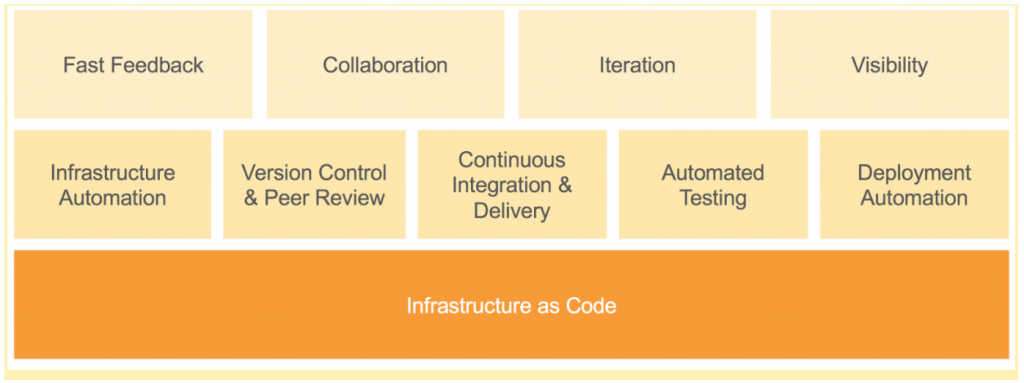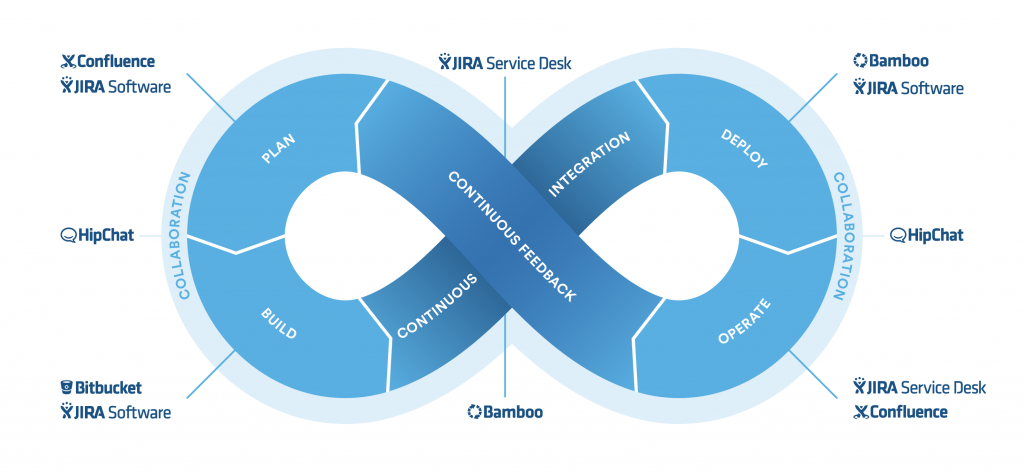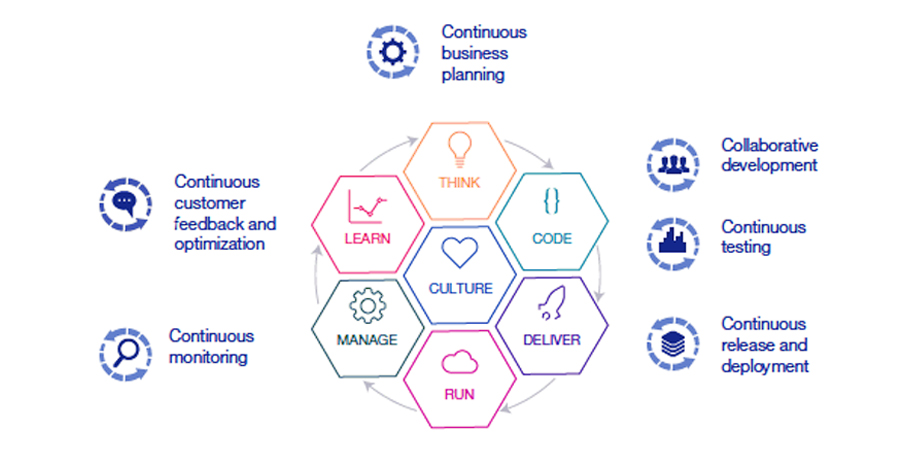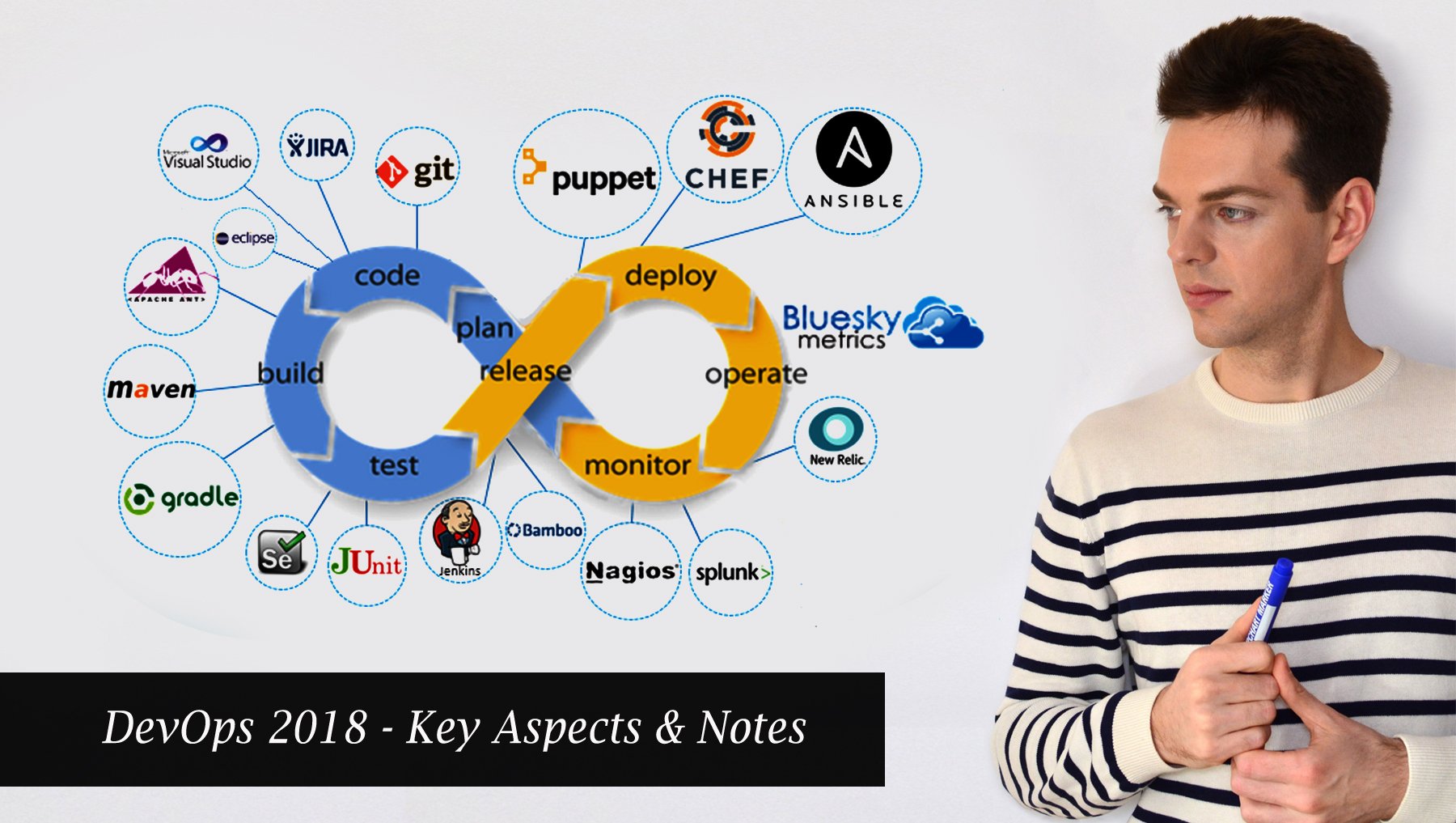In Information Technology (IT) the most recent and emerging term DEV-OPS is a practice to emphasize the teamwork and communication among software developers and IT professionals. DEV-OPS focuses on supplying software product quicker by lowering the failure rate of builds (releases).
DevOps is, the “integration of development team, Information Technology operations, security, and QA (quality assurance) under one automated umbrella”. In short, is a cross-business effort to turn software developments on its head with a shorter cycle time, lower testing time, more automation – and better (and more secure) code.
Why do we call Dev-Ops?
For strongly sponsoring the software development with automation & monitoring through at all phases, from integration, testing, releasing to the deployment and infrastructure managing. Software Development – Software Operations, in short Dev-Ops came into the picture.

What is the Aim of Dev-Ops?
Simply, to provide a smart and short development life cycle with increased frequency in development and more dependable releases for close alignment with the business objectives.
What are few Key Aspects in DevOps?
Infrastructure as code: (IAC)
Infrastructure as Code is nothing but programming scripts, which used to automate vital IT processes. However, Scripts – principally used to automate a few series of static step’s which must be recurring numerous times across multiple servers. I
Other than scripts, Infrastructure as code uses descriptive or higher-level language to code more flexible & adaptive provisions and deployment procedures.

For Instance, IAC is coded with Ansible an IT management & configuration tool, could install MySQL server, verify that MySQL is running correctly, make a user account and password, set-up a new DB (database) and remove unnecessary databases – all through code.
Amsible is the simplest way to automate apps and IT infrastructure. Application Deployment Configuration Management Continuous Delivery
Continuous deployment
Continuous Delivery (CD) is a software development methodology in which CI – continuous integration, automated testing, & automated deployment competences that let high-quality software to be developed & deployed rapidly, consistently and frequently with minimal manual overhead.

With the Continuous Deployment, any of the efficient working version of the application is robotically pushed to a production line. Continuous Deployment commands, Continuous Delivery, but the opposite is not required.
Automation:
DevOps automation is not something that set-up once and forgotten. It is like a security with respect to the performance, which is somewhat you need to concentrate on and monitor continuously to improve as long as DevOps pipeline is active.
Initial step to the DevOps automation is Agile. “Agile infrastructure” or “Agile operations”; it leaped from applying Agile and Lean approaches to operations work.
Automation comes in a picture, when you know, what you need to do to resolve bottlenecks. If we can continuously prioritize & re-evaluate different backlogs. We can able to introduce the automation effectively and gradually.
- Evaluate your needs
- Identify your bottlenecks
- Consider the return on investment
- Continuously assess and reevaluate

Automation is the lifeline, by integration of technologies, we can truly bring the tools composed as used by dissimilar stakeholders. With a exclusive integration platform, DevOps Cycle facilitates integration of tools through various phases of the DevOps cycle alike BMC Remedy used by the operations team, build tools like Jenkins, Rally used by the engineering team, Hudson used by the development team and also few of testing tool’s used by the Quality Analyst team.
Once, we can integrate / we will have a super power to describe a peer-to-peer automated DevOps process that extent across numerous disparate tools. This adds to better sync between the team’s & ultimately faster and more exact deployment and releases.
Continuous Monitoring:
In DevOps life cycle at any stage of Managing, Continuous Monitor of applications in a production environment’s are classically implement with respect to the AMP (application performance management) solutions that which is intelligent enough to monitor, analyze and manage the cloud, on-premise & hybrid applications and IT infrastructures.

This APM solutions enables you to monitor your user’ experiences and increase stability of your application infrastructures. It helps in identify the root cause of issues quickly to proactively – prevent outages to keep the users satisfied.
As we know, applications are extra business critical than ever. They must be always up front, fast and keep on improving. By Implementation of DevOps approaches allow us to reduce the cycle times to the hours instead of months.
But we have to keep certifying a great user experience!! Continuous Monitoring of the entire life cycle in DevOps will be ensures the development and operations teams collaborate to optimize, the user experience in every step of the way.
Security:
With DevOps, Aim is to carry the operations team into development teams so that it was not just something which has to be additional on to the end of project. Sending release “over the fence” to Ops is now no longer something any sensible company does.

Same applies with DevSecOps – DevOps ensure that security is not a thought for any remote department for having a look in, but rather it’s an integration of all stages for the development project and also beyond it.
Modern DevOps has much closer relationship among the development people and people who operate through the infrastructure systems where any application relies on. Which lets improved understanding of what the application is, actually does and where the weaknesses is lies among, for making it easier to a secure. And with explosion of the security bugs like Shell-shock and Heart-bleed, a good understanding of development ultimately allows operations personnel to make more informed decisions.
“Google & Facebook are perhaps the primary pioneers of DevOps, Using DevOps to revolutionize with their existing and new cloud product’s, and same is true with cloud platform AWS by Amazon.”
Read More about DevOps from our previous article!!
At Krify, We have a expert team who have hands on working with latest technologies with respect to the IT operation practices as well as analyzing each. For the best analysis, our team take the positives and nagitives about technologies to work with and plan for upcoming projects by making sure that development would go smoother and faster. Krify adopted the DevOps strategy in the same way for flexible working with Operations and Developers team and also, various platforms like Amazon Web Services (AWS), Microsoft Azure, Google Cloud or any other cloud platforms.
Reach us today for more details, Krify can help you in building the next big things in a win-win model.
Here is a trending video from Youtube, about DevOps. Have a look.








